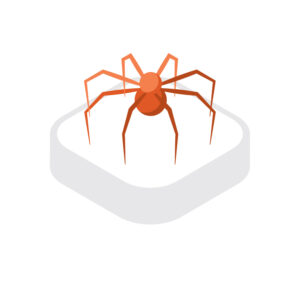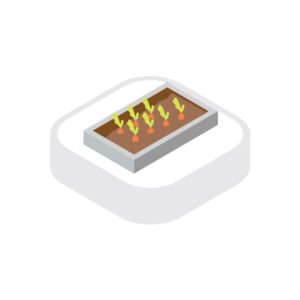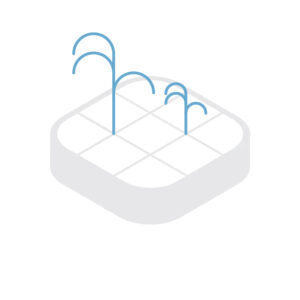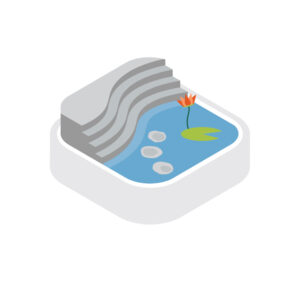Everyone can find design features attractive in the POS
An ATTRACTIVE POS is:
- A POS that can provide more than just standard design and basic amenities.
- A POS that strives to create a fresh and fulfilling user experience through unique settings, attractive amenities, and unconventional activities.
#featuredelement #artwork #designlanguage #equipment #softlandscape #waterfeature
What If I Could Make An ATTRACTIVE POS POSsible!?
What if the POS embodies a strong place identity?
What if I could make use of both hardware and software to create one-of-a-kind user experience?







